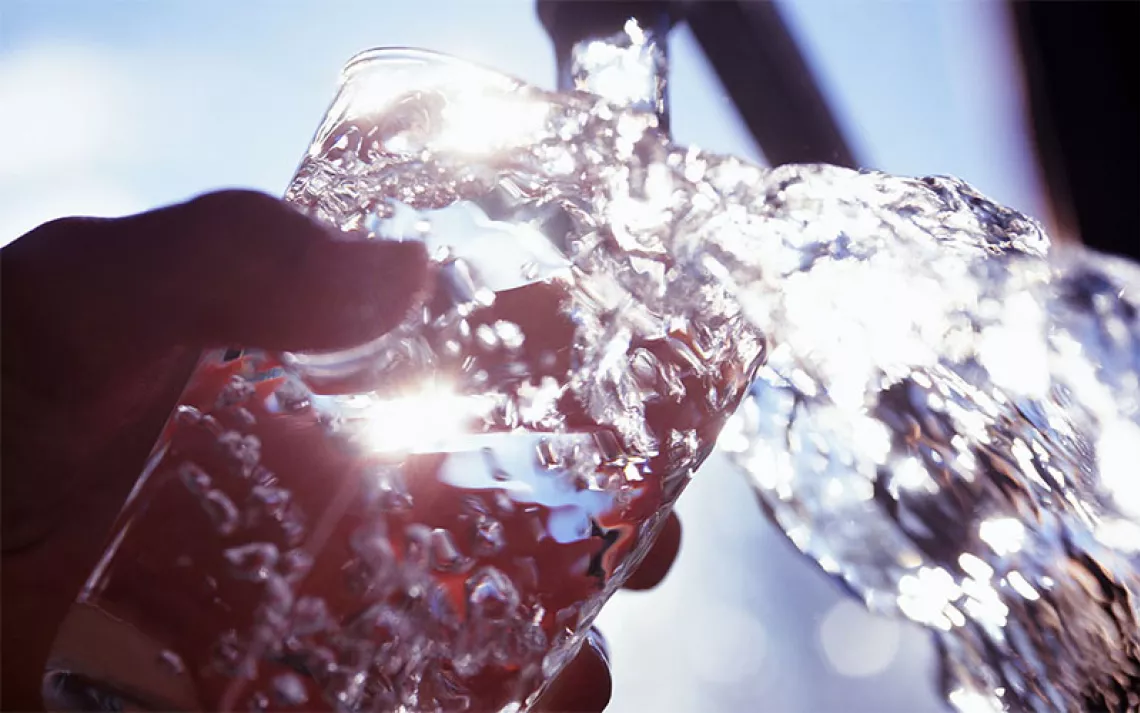3 Urban Centers That Are Getting Water Conservation Right

Photo by iStockphoto/anek_s
Nearly 1.5 billion people worldwide have jobs that deal with water. Fishermen, sanitation technicians, wastewater supervisors, flood control engineers—the list goes on. In honor of UN World Water Day, here are three urban centers where our friends in the water sector are raising the bar for how cities conserve and manage water.

Photo by iStockphoto/anek_s
SINGAPORE
As an entirely urban country, Singapore has to utilize a variety of sources to get its water. The city gets its water from what is known as the ‘Four National Taps’—rain catchment systems, advanced water reclamation systems, desalinated water, and imported water from Malaysia. Singapore is also working to bring per capita water consumption down to 147 liters by 2020 and 140 liters by 2030.

Photo by iStockphoto/GroblerduPreez
CAPE TOWN
Cape Town may be South Africa’s third largest city, but residents only have access to 3 percent of the country's water supply. As the city continues to grow, water conservation is a major concern. By focusing on changing consumer behavior and improving efficiency, the city has reduced water demand by more than 30 percent since 2001, despite a 30 percent increase in population. In 2015, Cape Town received an award for its conservation efforts from the C40 Cities Climate Leadership Group, an international network of of the world’s megacities that works to combat and respond to climate change.

Photo by iStockphoto/Sean Pavone
TOKYO
Tokyo has been at the forefront of water conservation for over a hundred years, when the city officials first began conserving forest surrounding their reservoirs in order to ensure quality water for the city. Today, Tokyo is leading efforts to improve the efficiency of urban water distribution. In 2010, Tokyo managed to bring the leakage rate from its 16,155 miles of distribution pipes down to 3 percent by enforcing same-day repairs and requiring advanced leakage detection systems.
 The Magazine of The Sierra Club
The Magazine of The Sierra Club



